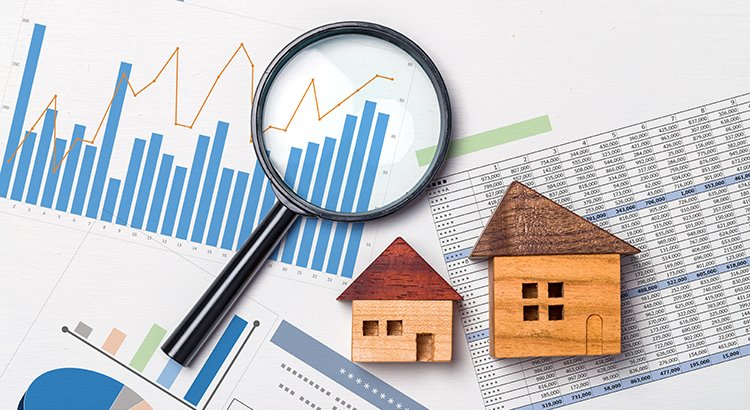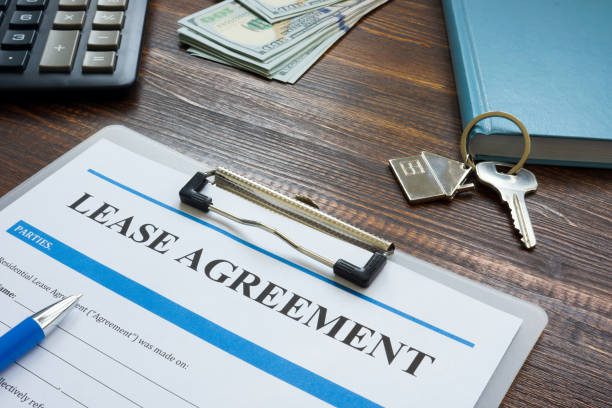Here at Corken and Company we believe in providing our clients with the data they need to make informed decisions about the current market. The forecast for the coming months is lower temperatures—and a cooler real estate market, if only by a few degrees. The housing market is expected to shift to something closer to normal this fall, real estate experts say. They anticipate more homes will go up for sale, helping to slow down the unparalleled price increases and bidding wars of the past year.
The market is likely to remain highly competitive, as there will still be many more buyers than homes to go around:
“We’re going to exhaust the pool of buyers who are still sitting on a lot of cash looking to buy their next home,” says Senior Economist George Ratiu. “The market does not have a magical way of sustaining this pace [of price growth], because you’re going to run out of people who can afford it.”
However, that doesn’t mean that home prices, whose national median hit an all-time high of $385,000 in the week ending Aug. 14, will fall. In fact, prices increased 8.6% year over year that week. But that’s significantly less than the 17.2% annual rise in April. Going into the end of the year, prices may rise a more modest 5% to 6%, says Ratiu.
More homes are expected to go up for sale in the second half of the year. The influx won’t be nearly enough to put a dent in the dire housing shortage. That’s the main reason for the record prices. But, it may help curb the wild price growth.
It’s still going to be a very strong housing market. Demand is still going to be well in excess of supply. It just won’t be as frenetic as what had been experienced earlier.
The fall homebuying season is likely to be busier than usual:
One thing that won’t return to usual is the pace of sales. Usually, the market begins slowing down and prices even dip in the fall. This time of year families typically prefer to get settled before the school year begins. But, this year, the COVID-19 pandemic threw off the normal timing. Therefore, activity is expected to stay brisk after summer’s end.
Demand is likely to stay strong as well—even though many buyers are frustrated or simply priced out. More millennials are hitting their prime homebuying years. In addition, builders have been unable to ramp up construction to keep up with the growing population. With rental prices also hitting new heights, many people are seeing that it’s cheaper to buy than to continue to lease a home.
And not every home will be affected by a slowdown:
Don’t expect deals in the fall if you are house hunting in the most desirable part of a market or competing for a particularly nice house. Homes that stand out for one reason or another are still flying off the shelf.
But, overall, most buyers may not be as willing to pay top dollar and waive inspections or contingencies for less-than-spectacular homes that would have sold for $100,000 less just a year ago. There aren’t many regular people (as opposed to investors) who can pay all cash for a home. And there likely aren’t as many remote workers fleeing expensive cities. We may not expect to see buyers heading for cheaper parts of the country at this point in the pandemic as there were in the beginning.
Foreclosures likely won’t play a big part in the cooling market:
Many folks have been anticipating a wave of foreclosures to sweep the country as moratoriums to protect struggling homeowners expire. However, it’s not expected to be nearly as severe as what happened during the Great Recession. Nor is it expected to lead to an influx of homes going on the market.
Homeowners who haven’t made mortgage payments during the pandemic make up just a fraction of the housing stock. Just 3.26% of mortgages were in forbearance as of Aug. 8, according to the most recent data from the Mortgage Bankers Association. Many of these folks will resume payments or work something out with their lenders. On another note, investors are expected to keep home prices strong. During the pandemic, more institutional investors, such as pension funds and financial firms, have bought up single-family homes to turn them into rentals. Many can buy in bulk and pay in cash. That’s likely to continue.
Even if the market is not as hot as it was during the summer months, we can expect a strong Fall. If you are considering buying or selling in the next couple months reach out to our team at Corken + Company!





